
When the Alliance launched the Center of the Future of Museums a decade ago, museum people told us loud and clear that they wanted us to explore the future of education as part of our work. Over the years we’ve created an extensive portfolio of projects, reports, and research on the topic and the Alliance has designated P-12 education as an area of focus in our strategic plan. One of our most valued partners in this work is KnowledgeWorks, a nonprofit that helps “communities and educators to imagine, build and sustain vibrant learning ecosystems that allow each student to thrive.” In today’s guest post, Katherine Prince, KnowledgeWorks’ Vice President of Strategic Foresight, offers her thoughts on museums’ role in achieving this vision.
–Elizabeth Merritt, VP Strategic Foresight and Founding Director, Center for the Future of Museums
Today, many children are falling through the cracks in our educational system or languishing in learning deserts. Over the next decade, the educational equity gap could widen, leaving too many learners unprepared for success in work and life. But if museums and other education stakeholders take hold of emerging trends, they can become tomorrow’s innovators, helping their communities thrive in a world of acceleration, complexity, and uncertainty.
Strategies for the Future of Learning
As part of our ongoing exploration of the future of learning, KnowledgeWorks convened learners, along with people working in a range of roles across K-12, postsecondary, and community-based learning, to identify opportunities for responding to the changing landscape of education. The resulting publication, Navigating the Future of Learning: A Strategy Guide, includes five opportunities (shown below) that promise to help museums and other learning organizations create more equitable futures and revitalize our democracy during these rapidly changing times.
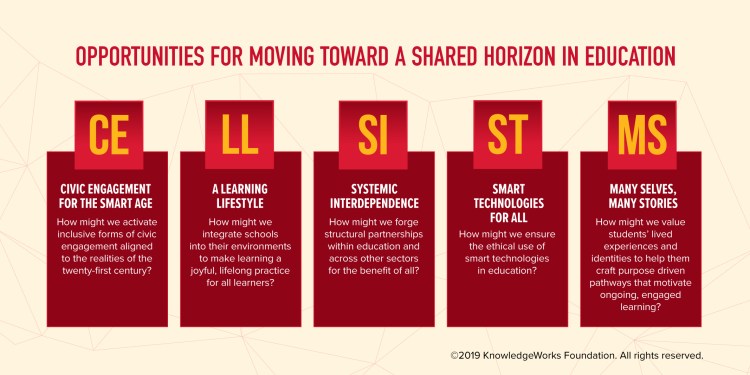
I believe that three of these opportunities are especially relevant to museums: civic engagement for the smart age; systemic interdependence; and many selves, many stories. In this post, I’ll dig deeper into each of these opportunities, highlight some of the strategies that could help museums become community leaders for the future, and offer examples of museums already pursuing these approaches.
Civic Engagement for the Smart Age
At present, the civic sphere feels especially vulnerable and subject to change. Debates rage loud and wide, and smart technologies can broadcast the basest forms of politics even as they also amplify people’s voices and serve as powerful tools for change.
To activate inclusive forms of civic engagement aligned to the realities of the twenty-first century, museums can create cultures of anti-bias by evaluating their offerings and decisions for systemic bias and making anti-bias a core competency for staff, curation, and visitors. Museums can also create a transparent, inclusive discourse to surface bias and to confront the histories that anchor us in inequity.
Museums can also champion social responsibility, inviting inquiry into the rights and obligations of civically engaged people in the twenty-first century and supporting visitors in considering their obligations to their communities. Exhibits and experiences can encourage visitors and participants to explore their own points of view while developing empathy for others.
Example: the Columbus Museum of Art recently launched a Center for Art and Social Engagement to foster nuanced engagement around complex current issues in society.
Systemic Interdependence
Museums are vital members of their communities’ learning ecosystems, yet today’s funding and governance structures can make it difficult to begin or sustain cross-organizational learning experiences. Despite that tension, there are opportunities to forge partnerships with other organizations – including other cultural institutions, and schools – for the benefit of all. Creating partnerships with diverse institutions and organizations can help link learning across locations while also addressing resource constraints and other challenges.
To move in this direction, museums can break down silos with other education institutions and community organizations. They can seek common ground and pathways toward mutual support. By working together organizations can strengthen their ability to surface and address issues of mutual concern, such as teen stress and anxiety or growing income divides. It could also open new avenues for helping learners develop the interdisciplinary thinking and problem-solving skills that will be essential for future workplaces.
Effective partnerships require intentional cultivation and new ways of approaching shared work. To maximize the benefits of participating in community-wide learning ecosystems, museums can work to grow their partnership capacity, exchanging best practices and sponsoring or participating in professional development opportunities. They can also adopt new roles and structures oriented toward participation in a broader learning ecosystem.
Examples: Partnership Power: Essential Museum Strategies for Today’s Networked World, edited by Marsha Semmel, presents a range of perspectives on creating and sustaining effective partnerships and collaborations.
Many Selves, Many Stories
Museums are well placed to foster the authentic engagement that we know to be a key factor in student achievement. By creating opportunities for learners to connect their lived experiences and identities to their learning, they can help learners craft their own narratives of success. These narratives may run counter to, or be broader than, the narrow and outdated narratives and measures of success used by many traditional education institutions.
To motivate ongoing, engaged learning, museums can expand their own narratives of success, reappraising how they evaluate their programs. By working with community stakeholders to create new measure of success, museums can help ensure that new approaches reflect the aspirations of those whom they seek to engage and support.
Museums can also teach for self-discovery and healing, helping visitors and program participants reflect on their own personal accounts of the values and attributes of success. Facilitating personal interpretations of success can help link learners’ histories and identities to future visions of wellness and growth and equip learners to act on their values, participate in their communities, and contribute to the world.
Example: Omar Eaton-Martínez’s article, “Truth and Reconciliation – Museums as Advocates for Human Rights and Healing,” in the future fiction issue of the Alliance’s Museum magazine depicts a scenario in which museums have had significant impact in the United States’ efforts to combat oppression.
Setting a Strategic Course
The strategies I’ve outlined in this post can serve as a starting point for museums to identify how they will respond to the changing educational landscape. Paired with a strong, collectively held vision for the future, these strategies can help us identify what we want for our organizations and communities – not just what seems possible based on history or on today’s status quo. Human-centered, equitable, and limitless learning is possible, and museums can play a critical role in bringing it to life for learners of all ages and backgrounds.
About the Author
Katherine Prince leads KnowledgeWorks’ exploration of the future of learning. As Vice President, Strategic Foresight, she speaks and writes about the trends shaping education over the next decade and helps education stakeholders strategize about how to become active agents of change in shaping the future. For more on the opportunities described in this post, see KnowledgeWorks’ Navigating the Future of Learning: A Strategy Guide. She tweets as @katprince, and invites you to watch for the hashtags #NavigateFutureEd and #FutureEd.
Skip over related stories to continue reading article
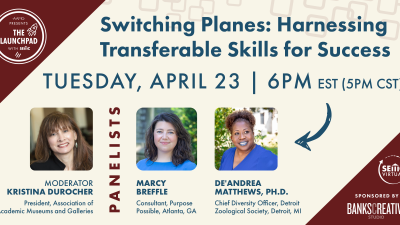




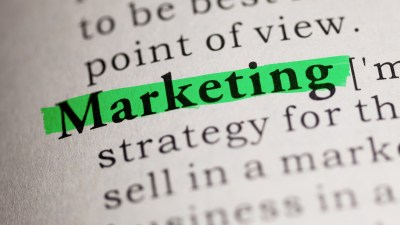
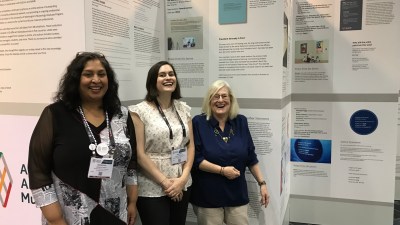
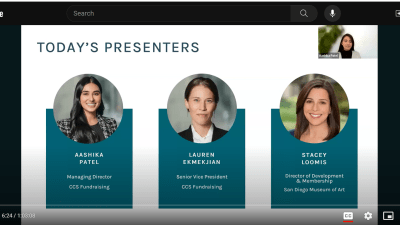
One phrase that really stands out to me in this essay is “authentic engagement”. All my museum experience has reinforced the concept that so many people from our communities do not generally expect there to be a place in their lives for the authentic experiences museums are especially capable of providing. When our community members are invited, welcomed, and encouraged to participate in, share and even initiate such experiences with museum resources, museums become far more valued in the lives of community members, and thus this ensures stronger community support for museums.